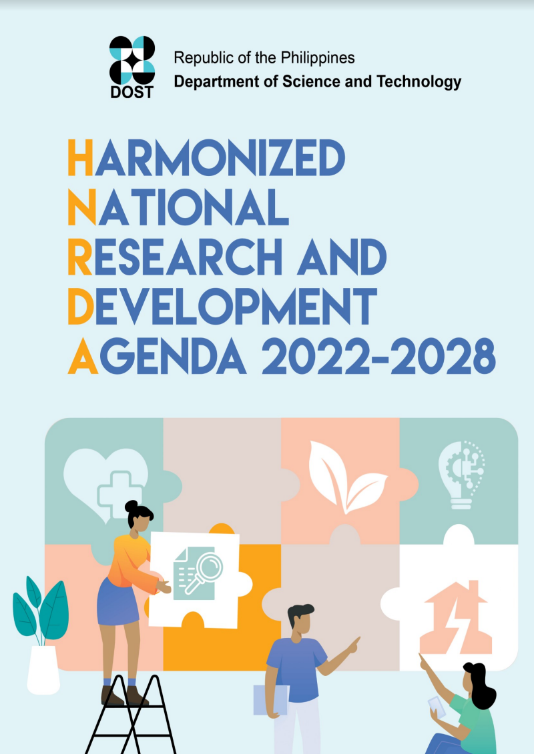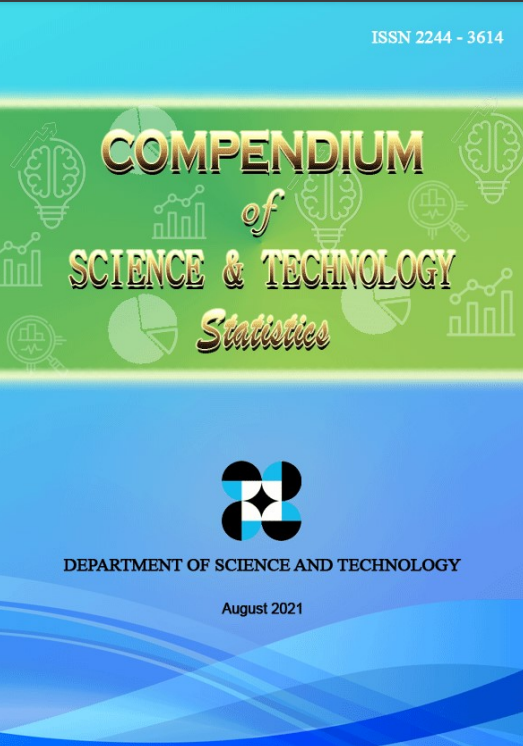Juan Time to sync time pieces with PST
- Details
- Hits: 18534
To sync all time pieces in the country’s more than 7,100 islands, the Department of Science and Technology with several partners will unveil at 7:00 PM tonight a clock prototype that displays the Philippine Standard Time. Dubbed “Juan Time”, DOST’s campaign aims to promote the nationwide use of the PST (hence “Juan Time”, a word play on “One Time” and “Juan” being the common name for Filipinos) and sync timepieces with the PST.
“Time is a resource that is very important but often overlooked,” said DOST Secretary Mario G. Montejo. “Other than its social and economic value, time is something that can unite us as Filipinos.”
“Juan Time reminds Filipinos that keeping to the PST avoids the difficulties of having confusing, unsynchronized time,” Montejo added.
Established decades ago, the PST is set by DOST’s Philippine Atmospheric, Geophysical and Astronomical Services Administration (PAGASA), the country’s official timekeeper since 1978 as mandated by Section 6 of Batas Pambansa Blg. 8.
The PST is set via DOST-PAGASA’s timing system that consists of rubidium atomic clock, Global Positioning System receiver, time interval counter, distribution amplifier, and a computer. The system automatically calculates its time difference with every satellite within its antenna’s field of view. The PST is available online at the DOST-PAGASA website (http://www.pagasa.dost.gov.ph).
“We encourage the broadcast networks to refer to the PST when giving time check to the public,” said Montejo.
At Juan Time’s official launch 7:00 PM tonight at the Music Hall of the SM Mall of Asia. DOST and its partners Metro Manila Development Authority, SM Supermalls, Nido Fortified Science Discovery Center, Timex, Petron, Chevrolet, Sagitarrius Mining Corporation, Team Manila, Lamoiyan Corporation, PICAR, and AMA Universities, as well as media partners Discovery Channel, BusinessWorld and PTNI, will lead the nation in synchronizing time pieces with the PST. The JCI Senate Philippines, proponent of Project WATCH (We Advocate Time Consciousness & Honesty) also supports the campaign.
Vice President Jejomar Binay will keynote the launch. Special guests include DOST Secretary Mario Montejo, PCOO Secretary Sonny Coloma, Bam Aquino, Tony Meloto, and Albert Gamboa, among others. Exhibits, film showing, and performances will be held from 10:00 AM–4:00 PM at the venue. The public is invited to check out the launch and take part in this nationwide campaign. Musician-educator Jim Paredes will host the event.
With PST, “Filipino time” is now “on time”
- Details
- Hits: 27195
Whoever coined the term “Filipino time” will now find a stark contrast from its original use. “Filipino time” originally describes the Filipinos’ penchant for starting, or arriving at, events some 15 to 30 minutes later than the set time. It has become a notorious habit that, unknown to many, pulls back the country in terms of lost productivity.
In a bid to help shift this mindset and re-instill the value of time, the Department of Science and Technology, through the Science and Technology Information Institute, launches “Juan Time,” a campaign that promotes time-consciousness among Filipinos.
Juan Time aims to promote the nationwide use of the Philippine Standard Time (hence “Juan Time”, a word play on “One Time” and “Juan” being the common name for Filipinos) and sync timepieces with the PST.
“PST, the country’s official time, sets only one common time in the archipelago’s more than 7,100 islands,” DOST Sec. Mario Montejo says. “Juan Time reminds Filipinos that keeping to the PST avoids the difficulties of having confusing, unsynchronized time.”
“With Juan Time, Filipino time will come to mean ‘on time’ and no longer late,” Montejo added.

DOST Dengue Summit
- Details
- Hits: 3814

DOST Region 9 Director Brenda Nazareth-Manzano (left, holding microphone) poses a question to ITDI Director Nuna E. Almanzor (right) about the status of OL trap distribution during the Dengue Summit held at the DOST Executive Lounge. Also in picture are DOST Region 11 Director Anthony Sales (center) and STII Director Raymund E. Liboro (center right). The Dengue Summit seeks to bring the agencies under the Department of Science and Technology toward a common course of action to fight and reduce the incidence of this mosquito-borne disease, now a national public health issue. (Alan Taule, S&T Media Service)
Clay binds and kills red tide, study shows
- Details
- Hits: 5470
Clay can easily bind together the red tide organisms suspended on the water surface and settle them at the sea bottom where said organisms become inactive. This is what experts from the Department of Science and Technology’s Philippine Council for Aquatic and Marine Research and Development (DOST-PCAMRD) and the University of the Philippines’ Marine Science Institute (UP-MSI) found out in their study on mitigating Harmful Algal Blooms (HABs), commonly known as red tide.
“Algal cells die when they stick to clay particles,” according to Dr. Rhodora V. Azanza, program leader of PhilHABS and co-project leader for the ball clay technology. “Clay minerals further entrail the algal cells as they settle at the sea floor.”
The PhilHABS, a UP-led program supported by DOST-PCAMRD, focuses on the Ecology and Oceanography of Harmful Algal Blooms in the Philippines.
“Clays that are used to mitigate these algal blooms are purely natural,” Azanza added.
In actual Pyrodinium bloom in Masinloc Bay, Zambales earlier this year, the efficiency of ball clay application was put to test. A prototype clay dispersal unit formed the clay balls which were applied on algal blooms. The unit mixes ball clay particles with seawater drawn from the area. Mixing ball clay with seawater will improve the efficiency of ball clay to collide and eventually aggregate with algal cells, according to Azanza.
Azana’s team found that the cells of Pyrodinium at the surface and bottom of the sea were not present after clay application. The study also showed no negative effects on other marine organisms such as green mussels and milkfish, among others.










































